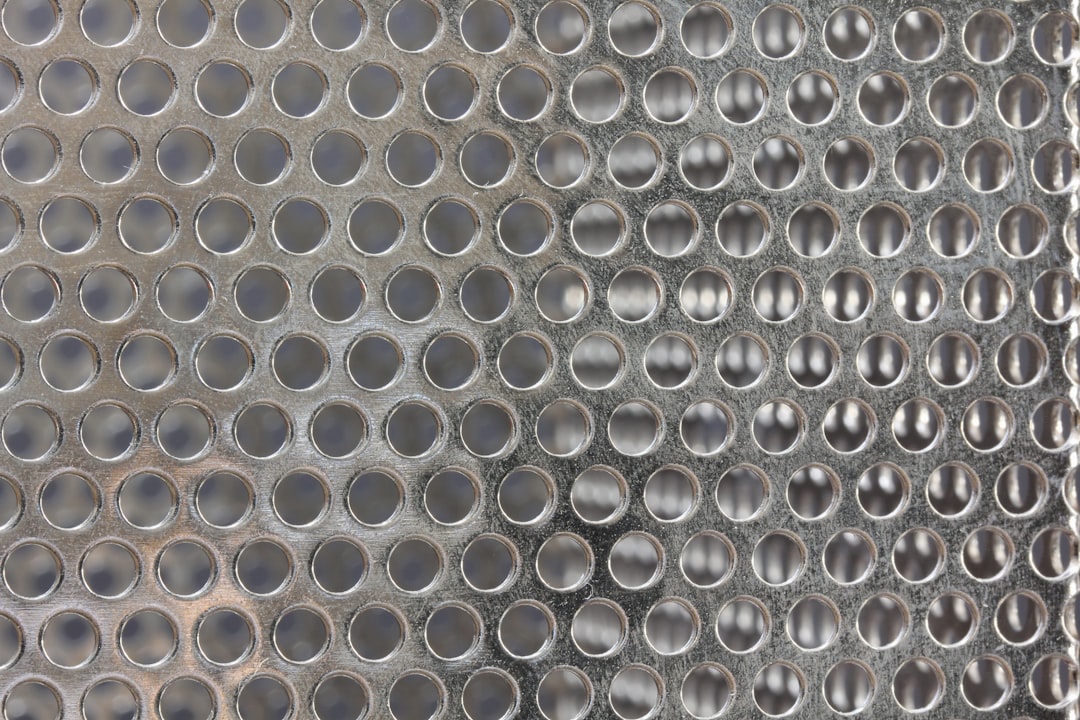What is it about?
LDPE/Graphene (Gr) composites were characterized by scanning electron microscopy (SEM), transmission electron microscope (TEM), Raman spectra (RS), x-ray diffraction (XRD), thermogravimetric analyses (TGA), decompose loss rate (DTG) and differential scanning calorimeter (DSC) to study distribution morphology and thermal strength.
Featured Image

Photo by D A V I D S O N L U N A on Unsplash
Why is it important?
• Addition of Grs to LDPE nucleates crystallization by reducing the activation energy along with rising crystallization onset temperature. Results display that the presence of filler does not create an alteration in the microscopic structure of polymers. However, on a macroscopic scale, Gr constrain mobility of polymer chains, causing a growth in stiffness and strength of the composite. • Addition of Grs improve nucleation processes in the initial steps of crystallization detected from decreasing effective active energy. • This research tries to progress understanding in an area of Gr polymer composites by examining the effect of compounding states on characterization, electrical, thermal and mechanical properties of LDPE/Gr composites. This study consists of invited high quality reviews on topics of current Gr interest in composite areas of macromolecular science and engineering, which provide a complete, broad study of Gr composite topics. • It was detected that only small addition of Gr (about 0.5 wt%) had a large effect on properties and above that loading only slightly improved properties. Enhancements of electrical and thermal properties of LDPE were approached as Grs loading was increased. This developed thermal conductivity outcome is likely owing to the improved distribution of LDPE/Grs, which causes the development of more conductive networks. • The thermal stability and thermal conductivity of LDPE were improved by adding further Grs as a result of good dispersion of Grs in LDPE. The blending of Grs in LDPE considerably reduces the activation energy for crystallization and improves nucleation. The tensile strength, high crystallinity, high fatigue life, improving flexural modulus, strength and significant reduction of oxygen permeation, fuel vapor transmission and postponing time required for embrittlement of composites were approached with the addition of LDPE/Grs up to 3 wt% content. • The MFR values reduced by further addition of Grs. The high storage modulus and loss modulus of LDPE/Grs proved that Gr developed comprehensive viscoelasticity of LDPE. XRD analysis was performed to assess the existence of Grs inside composites and outcomes approve semi-crystalline structure of LDPE with the identified peak, according to a distance between various layers of Gr nanofillers. • Thermograms obtained by DSC analysis were analyzed in order to fully understand the effect of Grs on the microscopic structure of LDPE and results show that adding of Grs have not much influence on the crystallinity of LDPE. DMA results present an increase in both storage and loss modulus of LDPE composites. A perfect decrease in oxygen and fuel permeation compared with LDPE was resulted, emphasizing barrier properties made from LDPE/Grs composites.
Perspectives
The effects of graphene on physical, mechanical, electrical and thermal properties of LDPE were considered. Graphenes were dispersed in LDPE to form LDPE/graphene composites. It was detected that only small addition of graphene (about 0.5 wt%) had a large effect on properties and above that loading only slightly improved properties.
Dr. Maziyar Sabet
Read the Original
This page is a summary of: Broad studies of graphene and low-density polyethylene composites, Journal of Elastomers & Plastics, October 2018, SAGE Publications,
DOI: 10.1177/0095244318802608.
You can read the full text:
Contributors
The following have contributed to this page










